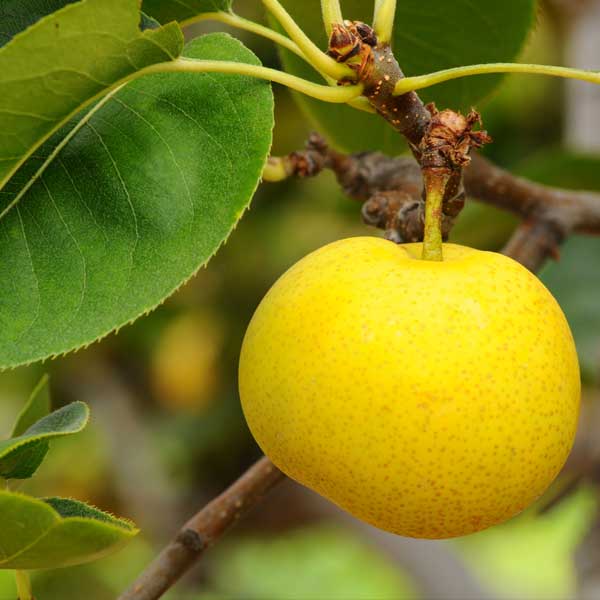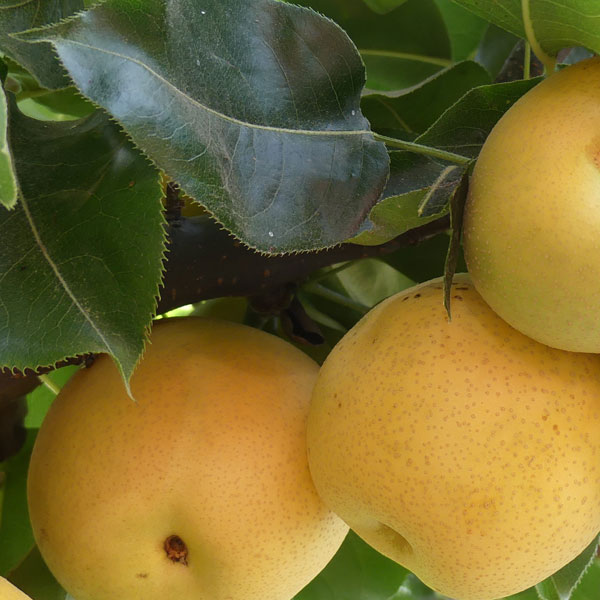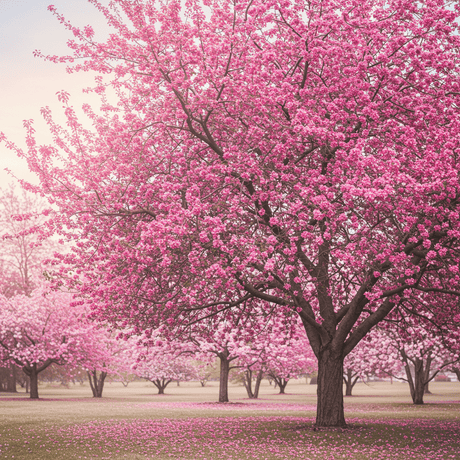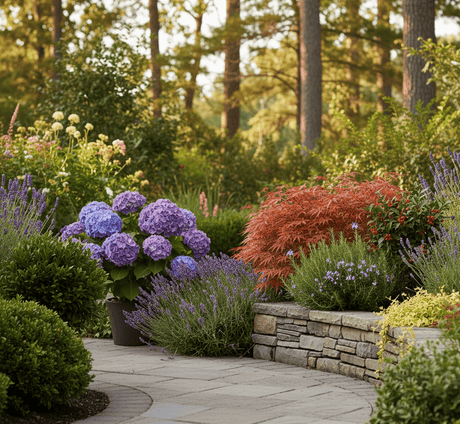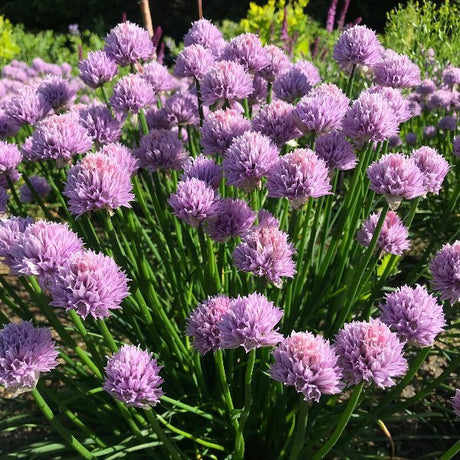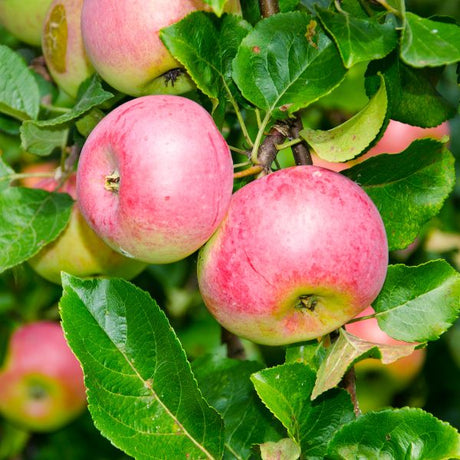20th Century Pear Tree
Pyrus pyrifolia 'Nijisseiki'
- Stay Protected with Plant Sentry ™
20th Century Pear Tree - #3 Container 3-4 Feet is backordered and will ship as soon as it is back in stock.
Plant Sentry™
Plant Sentry™

Plant Sentry™ Protected
Your order is protected by our compliance system that:
- Prevents restricted plants from shipping to your state
- Ensures plants meet your state's agricultural requirements
- Protects gardens from invasive pests and diseases
Delivery and Shipping
Delivery and Shipping
Delivery and Shipping
Fast, Safe Plant Delivery
Ships in 3-4 business days • Tracking provided • Weather protected
| Under $50 | $9.99 |
| $50 - $99.99 | $14.99 |
| $100 - $149.99 | $16.99 |
| $150 - $198.99 | $24.99 |
| $199+ | FREE |
✓ Zone-specific timing • ✓ Professional packaging • ✓ Health guarantee
Understanding Plant Options
Nature Hills offers plants in two main formats:
- Container Plants: Grown in pots with soil, sized by container volume and plant age
- Bare Root Plants: Dormant plants without soil, sized by height measurements
Container Plant Sizes
Container sizes indicate plant age and growing capacity rather than liquid volume equivalents. Our containers follow industry-standard nursery "trade gallon" specifications, which differ from standard liquid gallon measurements.
Young Plants (6 months to 18 months old)
| Container Size | Actual Volume | Metric Equivalent |
|---|---|---|
| 2" x 2" x 3" | 0.18 - 0.21 dry quarts | 0.20 - 0.23 dry liters |
| 4" Container | 0.31 - 0.87 dry quarts | 0.35 - 0.96 dry liters |
| 4.5" Container | 0.65 dry quarts | 0.72 dry liters |
| 6" Container | 1.4 dry quarts | 1.59 dry liters |
| 1 Quart | 1 dry quart | 1.1 dry liters |
| 5.5" Container | 1.89 dry quarts | 2.08 dry liters |
Established Plants (18 months to 2.5 years old)
| Container Size | Actual Volume | Metric Equivalent |
|---|---|---|
| 2 Quart | 2 dry quarts | 2.2 dry liters |
| #1 Container | 2.26 - 3.73 dry quarts | 2.49 - 4.11 dry liters |
| 5" x 5" x 12" | 3.5 - 4.3 dry quarts | 3.85 - 4.74 dry liters |
Mature Plants (2-4 years old)
| Container Size | Actual Volume | Metric Equivalent |
|---|---|---|
| #2 Container | 1.19 - 1.76 dry gallons | 5.24 - 7.75 dry liters |
| #3 Container | 2.15 - 2.76 dry gallons | 8.14 - 12.16 dry liters |
Large Plants (3-5 years old)
| Container Size | Actual Volume | Metric Equivalent |
|---|---|---|
| #5 Container | 2.92 - 4.62 dry gallons | 12.86 - 20.35 dry liters |
| #6 Container | 5.25 - 6.01 dry gallons | 23.12 - 26.42 dry liters |
| #7 Container | 5.98 - 6.53 dry gallons | 26.34 - 28.76 dry liters |
Bare Root Plants
Bare root plants are sold by height from the root system to the top of the plant. Plants may exceed minimum height requirements.
Common Sizes:
- Trees: 1 foot, 2 feet, 3 feet, 4 feet, 5 feet, 6 feet
- Shrubs & Perennials: 1 foot, 18 inches, 2 feet
Important Notes
Container Volume Specifications
- Trade Gallon Standard: Our containers follow industry-standard "trade gallon" specifications established by the American National Standards Institute (ANSI Z60.1) for nursery stock
- Volume Variations: Actual soil volume may vary due to plant root systems and growing medium settlement
- Age Indicators: Container size primarily indicates plant age and maturity rather than liquid volume equivalents
Growing Conditions
- Plant size can vary based on variety and growing conditions
- Container size helps indicate plant maturity and establishment level
- Larger containers generally mean more established root systems and faster landscape establishment
Seasonal Availability
- Bare root plants are available seasonally when dormant
- Container plants are available throughout the growing season
- Specific varieties may have limited availability in certain sizes
Questions?
For questions about specific plant sizes or availability, please contact our plant experts who can help you choose the right size for your landscape needs.
Plant Highlights
20th Century Pear Tree highlights at a glance!
-
Plant Class
-
Botanical Name
-
Brand
-
Growing Zones5, 6, 7, 8, 9
-
Growth RateModerate
-
Mature Height
-
Mature Width
-
Leaf Color
-
Flower Color
-
Pollinator FriendlyYes
-
Pollinator Required
-
Bloom PeriodLate Spring
-
FragrantYes
Characteristics
Where To Plant
When To Prune
- Late Winter
Water & Moisture Needs
- Moderate
Sunlight Needs
Soil Needs
- Well Drained
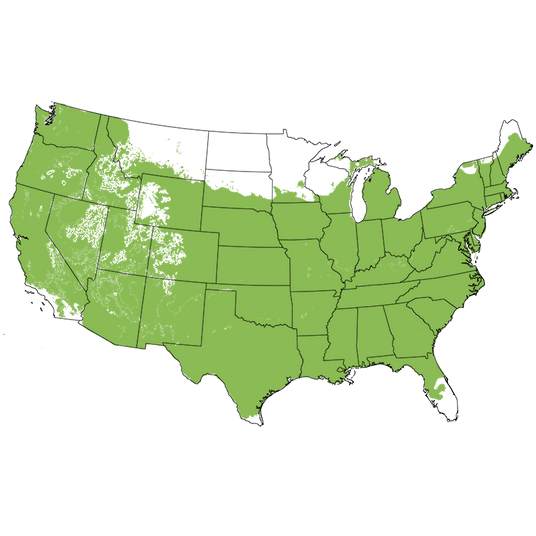
Growing Zones 5-9
20th Century (Nijisseiki) Asian Pear Tree for Sale
Find your perfect Asian pear tree near me at Nature Hills. The 20th Century Asian Pear, also known as Nijisseiki pear, delivers crisp, juicy fruit with exceptional sweetness. Available as bareroot Asian pear trees or container Asian pear trees for sale, this variety is one of the best Asian pears for home orchards.
Why Choose 20th Century Nijisseiki Asian Pear Tree
This Japanese heritage variety produces round, golden-yellow fruit with a crunchy apple-like texture. Nijisseiki Asian pear trees are vigorous growers reaching 15-20 feet tall and wide at maturity, making them excellent for backyard orchards and edible landscapes. The fragrant white spring blossoms attract pollinators while providing stunning ornamental value.
Key Features:
- Cold hardy Asian pear tree for zones 5-9
- Fire blight resistant Asian pear variety
- 300-400 chill hours required
- Self-fertile but produces better with a pollinator
- Harvest time: Late August to September
Asian Pear Tree Planting & Care Instructions
Plant your Asian pear tree in full sun (6+ hours daily) with well-draining soil. Space trees 12-15 feet apart for proper air circulation. Asian pear tree spacing can be closer (8-10 feet) for privacy screen or hedge applications.
Water deeply during establishment and fruit development. Apply balanced fertilizer in early spring. Mulch around the base to retain moisture and suppress weeds.
When to Prune Asian Pear Trees
Pruning Asian pear trees should occur in late winter while dormant. Remove crossing branches, water sprouts, and diseased wood. Thin fruit clusters to 4-6 inches apart for larger, higher-quality pears. Summer pruning controls vigor and improves light penetration.
Asian Pear Pollination Requirements
While 20th Century is partially self-fertile, planting an Asian pear companion tree significantly increases yields. Best pollinators include Shinseiki, Hosui, or Chojuro varieties. Cross-pollination with European pears is not effective.
Asian Pear Harvest Time & Storage
Pick Asian pears when they reach full size and color, typically late August through September depending on your climate. Unlike European pears, Asian pears ripen on the tree. Fruit should be firm with a slight give when gently pressed. Store harvested pears in the refrigerator for up to 3 months.
Disease Resistance & Common Problems
The Nijisseiki pear demonstrates good fire blight resistant characteristics compared to many Asian pear varieties. Monitor for typical fruit tree pests like codling moth and aphids. Proper spacing and pruning reduce disease pressure by improving airflow.
Compare Asian Pear Varieties for Backyard Orchards
20th Century offers exceptional cold hardiness and disease resistance, making it ideal for northern growers. For warmer zones, consider Shinseiki (zones 6-9) or the brown-skinned Hosui variety. All Asian pears share similar care requirements and landscape versatility.
Landscape Uses
Beyond fruit production, Asian pear trees serve multiple purposes: privacy screens, edible hedges, pollinator gardens, and food security landscapes. The uniform growth habit and attractive foliage create year-round interest.

